Zinc Energy

How much energy does a zinc-carbon battery produce ?
The energy production of a zinc-carbon battery is determined by factors such as its size, voltage, and capacity. The process involves a chemical reaction between zinc and manganese dioxide, where larger batteries typically yield higher energy output due to more reacting material. The nominal voltage of a standard zinc-carbon battery stands at 1.5 volts, and the total energy can be calculated by multiplying this voltage with the current over time. Capacity, measured in ampere-hours (Ah), represents the maximum charge a battery can deliver. For instance, an AA-sized zinc-carbon battery with a 0.8 Ah capacity can produce approximately 1.2 watt-hours or 0.0012 kilowatt-hours of energy under ideal conditions.
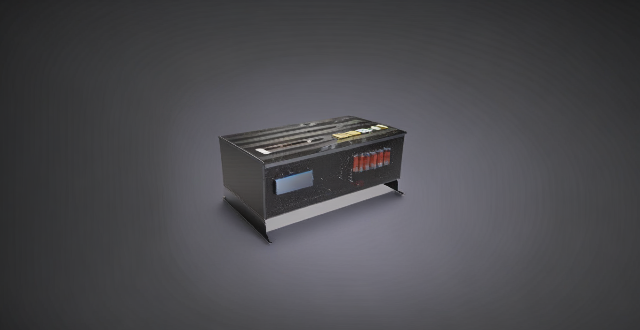
How do zinc-carbon batteries work ?
Zinc-carbon batteries are primary, single-use batteries that generate electricity through a chemical reaction involving zinc and carbon. Their construction includes an anode of zinc, a cathode of manganese dioxide mixed with carbon, an electrolyte, a separator, and a container. When in use, zinc is oxidized at the anode, releasing electrons and zinc ions, while the cathode accepts electrons and reduces manganese dioxide. This flow of electrons creates an electrical current. Over time, the battery discharges as the materials are used up, requiring replacement. Proper disposal is crucial to prevent environmental pollution from their heavy metal components.
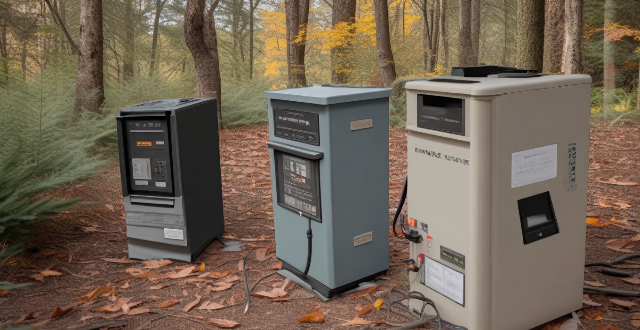
Are zinc-carbon batteries safe to use ?
Zinc-carbon batteries are a common type of battery used in many household devices, such as flashlights, remote controls, and toys. While they are generally safe to use, there are some precautions that should be taken to ensure their proper handling and disposal. These include avoiding short circuits by keeping the terminals from touching each other or any metal objects, storing them in a cool, dry place away from extreme temperatures and out of reach of children and pets, and disposing of them properly at a recycling center or store that accepts used batteries. Despite these precautions, zinc-carbon batteries offer several benefits, including being cost-effective, widely available, and having a long shelf life.
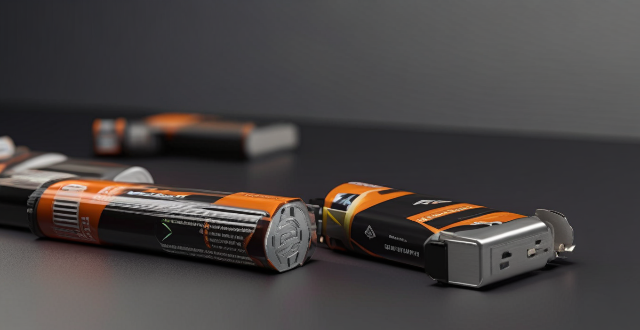
How long do zinc-carbon batteries last ?
Zinc-carbon batteries are a type of primary battery that has been widely used since the late 19th century. They are known for their reliability, low cost, and ability to provide a steady voltage output over time. However, like all batteries, zinc-carbon batteries have a finite lifespan, which depends on several factors such as battery quality, device requirements, discharge rate, and environmental conditions. To maximize their longevity, it is recommended to store them properly, use high-quality batteries, rotate batteries in devices that require multiple batteries, and avoid draining them completely.

Are there any specific safety precautions to follow when using zinc-carbon batteries ?
Zinc-carbon batteries, widely used in various applications, require certain safety precautions to prevent damage and injury. These include avoiding short circuiting, proper storage in cool, dry places, keeping them away from children and pets, disposing of them properly, using appropriate battery holders, inspecting regularly for damage, following manufacturer's instructions, not mixing different battery types, replacing all at once if needed, handling with care, and consulting professionals if unsure. By adhering to these guidelines, one can ensure the safe and efficient use of zinc-carbon batteries.

Can zinc-carbon batteries be recharged ?
Zinc-carbon batteries, commonly used in devices like flashlights and radios, are not designed to be recharged due to their chemical composition and physical structure. Attempting to recharge them can lead to safety risks and efficiency issues. Alternatives like nickel-metal hydride and lithium-ion batteries offer better performance and environmental benefits.
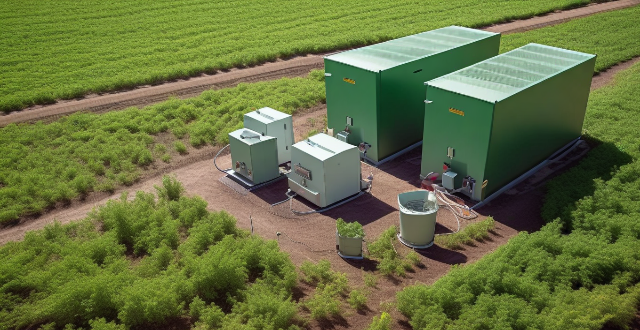
What are the differences between zinc-carbon and alkaline batteries ?
Zinc-carbon and alkaline batteries differ in terms of chemical composition, energy density, discharge rate, leakage risk, and cost. Zinc-carbon batteries have a lower energy density and discharge rate but are cheaper and have a lower risk of leakage. Alkaline batteries offer higher energy density, discharge rate, and better performance for high-drain devices but are more expensive and have a higher risk of leakage. The choice between the two depends on the specific needs of the device and budget constraints.

What are the advantages of zinc-carbon batteries ?
Zinc-carbon batteries are primary batteries used in devices like flashlights, radios, and remote controls. They offer several advantages: 1. Low Cost: Affordable and ideal for devices requiring frequent battery replacements. 2. Long Shelf Life: Can be stored for extended periods without losing charge. 3. Wide Availability: Easy to find in various sizes and formats. 4. Environmental Impact: Recyclable, reducing environmental impact compared to disposable alkaline batteries. 5. Versatility: Suitable for a wide range of low-power applications. 6. Leak Resistance: Less prone to leakage than other types of batteries. 7. Safety: Poses a lower risk of explosion or fire compared to lithium-ion batteries.
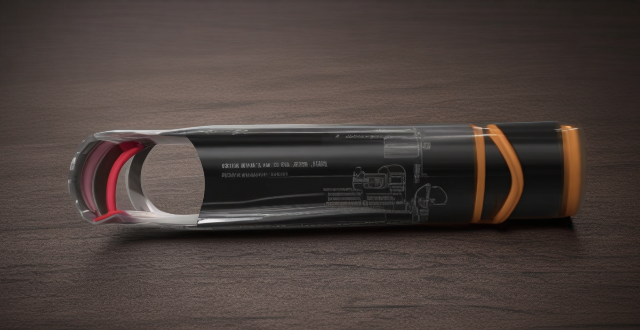
Can zinc-carbon batteries be used in all types of devices ?
Zinc-carbon batteries are versatile but not universally applicable due to voltage, current, chemical compatibility, and physical size constraints.

Are there any environmental concerns with the disposal of zinc-carbon batteries ?
Zinc-carbon batteries, widely used in everyday devices, pose significant environmental concerns due to the presence of hazardous materials and disposal challenges. To mitigate these concerns, it is recommended to educate the public, improve recycling infrastructure, and support research and development of alternative battery technologies.

Are there any new developments in non-toxic, environmentally friendly batteries ?
The development of non-toxic and environmentally friendly batteries is a crucial step towards sustainable energy storage solutions. These advancements not only reduce the environmental impact of battery production and disposal but also promote cleaner technologies for various applications, from electric vehicles to renewable energy storage systems. Below are some notable recent developments in this field: Solid-state batteries promise higher energy densities than traditional lithium-ion batteries, allowing for longer usage times and smaller form factors. The absence of liquid electrolytes reduces the risk of leakage or combustion, making these batteries safer than their liquid counterparts. Solid-state batteries can potentially last longer and withstand more charge cycles than conventional batteries. Organic radical polymer batteries are made from organic materials, which are less harmful to the environment than those containing heavy metals. Many components of organic radical polymer batteries can biodegrade, reducing waste at the end of their life cycle. The use of organic materials could lead to lower production costs compared to batteries that require rare or expensive metals. Rechargeable aluminum batteries are abundant and recyclable, making them an attractive alternative to rarer metals like cobalt and lithium. Aluminum batteries demonstrate stable performance over multiple charge cycles. They could be suitable for high-power applications such as electric vehicles. Sodium-ion batteries have resources that are much more abundant than lithium, which could make sodium-ion batteries a cost-effective solution. Unlike lithium, sodium does not present the same thermal runaway risks, enhancing overall safety. Sodium-ion batteries are considered more environmentally friendly due to their non-toxic nature and easier recycling process. Zinc-air batteries are made from eco-friendly materials and have a high energy density, making them suitable for applications requiring long-lasting power sources. Zinc is inexpensive and widely available, which could reduce the overall cost of these batteries. In conclusion, as technology advances, the development of non-toxic and environmentally friendly batteries continues to gain momentum. From solid-state innovations to organic radical polymers and beyond, researchers are working on solutions that aim to minimize environmental impact while maximizing performance and safety. These advancements hold great promise for a future where our energy storage needs are met without compromising the health of our planet.

How does clean energy investment compare to traditional energy investment ?
Investing in energy sources is crucial for the development and growth of any economy. However, the choice between clean energy investment and traditional energy investment has become a significant topic of discussion in recent years. This comparison will explore the differences between these two types of investments, focusing on their costs, benefits, and potential impacts on the environment and society.
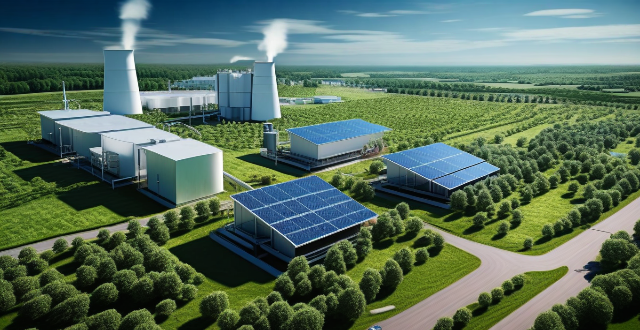
How do renewable energy sources contribute to industrial energy efficiency improvements ?
Renewable energy sources like solar, wind, hydropower, biomass, and geothermal power play a crucial role in enhancing industrial energy efficiency. They offer benefits such as reduced greenhouse gas emissions, lower operating costs, and increased reliability. By adopting these technologies, businesses can reduce their reliance on fossil fuels, increase energy independence, and contribute to a more sustainable future.
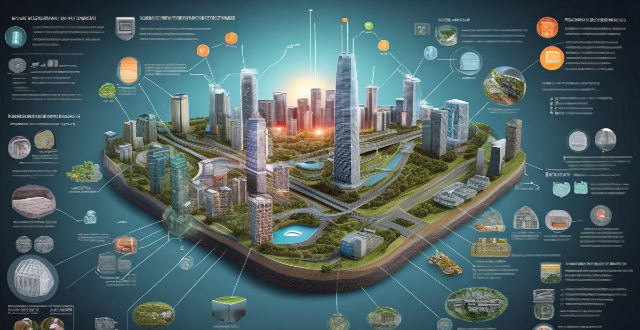
What is the future of nuclear energy in the energy market ?
The future of nuclear energy is promising, as it has advantages such as low carbon emissions, high energy density and baseload power. However, challenges like safety concerns, waste disposal, and high costs must be addressed. Increasing demand for clean energy, advances in technology, and integration with renewable sources can drive the growth of nuclear energy in the future.

What is energy transition and why is it important ?
Text: Energy transition is the shift from traditional to renewable energy sources, important for reducing greenhouse gas emissions, promoting sustainable development, and improving energy security. Benefits include economic growth, environmental protection, and social progress.

What is the future outlook for clean energy investment ?
The future outlook for clean energy investment is positive, driven by government policies, technological advancements, and growing demand for sustainable energy sources. However, challenges related to intermittency, infrastructure integration, and competition from fossil fuels need to be addressed to ensure the continued growth of the sector.

Can using energy-efficient appliances help cut down electricity consumption ?
Energy-efficient appliances can help cut down electricity consumption by using less power than traditional counterparts, leading to cost savings and environmental benefits. Examples include LED light bulbs, smart thermostats, and energy star certified refrigerators.
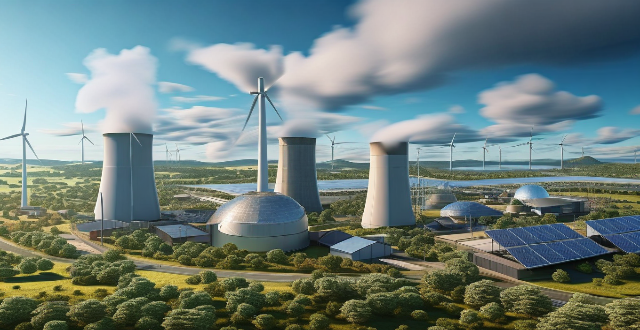
What role do renewable energy sources play in distributed energy systems ?
Renewable energy sources are crucial for distributed energy systems due to their clean, sustainable nature and local generation capabilities. They reduce carbon emissions, enhance energy security, promote local economic development, improve energy efficiency, and enable innovation in these systems.

What impact does climate change legislation have on renewable energy development ?
Climate change legislation significantly influences renewable energy development by providing financial incentives, establishing mandated targets, supporting research and infrastructure, creating consumer awareness, fostering international cooperation, implementing regulations, setting environmental standards, and promoting economic growth through job creation. These measures collectively drive the energy sector towards sustainability and a low-carbon future.
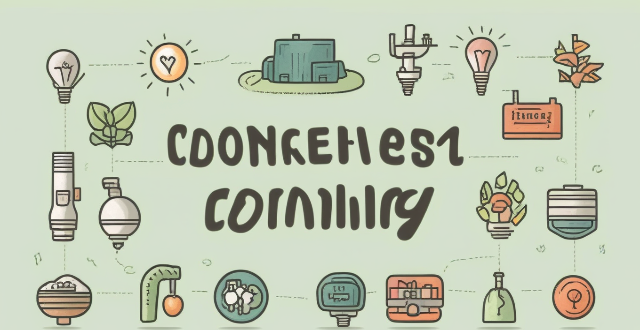
What is the relationship between energy-efficient appliances and overall energy savings ?
The text discusses the connection between energy-efficient appliances and overall energy savings, defining such appliances as those engineered to meet specific efficiency standards. These devices reduce direct energy consumption through lower power requirements and advanced technology, leading to long-term cost benefits and environmental advantages like reduced greenhouse gas emissions. To maximize savings, consumers should research and maintain these appliances properly and replace older models. The relationship underscores the importance of energy-efficient appliances in achieving energy savings for a more sustainable future.

What is the impact of climate change on the energy market ?
Climate change impacts the energy market by increasing demand for cooling, causing unpredictable weather patterns, rising sea levels, and shifting energy sources towards renewables.
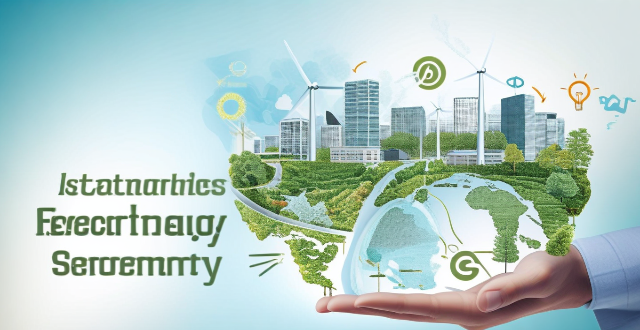
What are the main sources of sustainable energy ?
The text discusses the various main sources of sustainable energy, including solar energy, wind energy, hydropower, geothermal energy, bioenergy, tidal and wave energy, and hydrogen energy. It also highlights the importance of adopting sustainable energy for environmental impact, economic benefits, energy security, and health considerations. The transition to sustainable energy requires investment, policy support, and technological innovation.

How is digital technology transforming the energy market ?
Digital technology is revolutionizing the energy market by improving efficiency, enhancing renewable energy sources, facilitating decentralized energy production, enabling smart buildings and homes, and promoting transparency and accountability. This transformation is crucial for meeting the increasing global demand for energy while addressing environmental concerns.

What are the most effective ways to improve energy efficiency in buildings ?
Improving energy efficiency in buildings is essential for environmental and financial reasons. Effective methods include proper insulation, efficient lighting solutions, using energy-efficient appliances, smart controls, harnessing renewable energy sources, and conserving water. These strategies not only reduce operational costs but also create healthier spaces while contributing to sustainability.
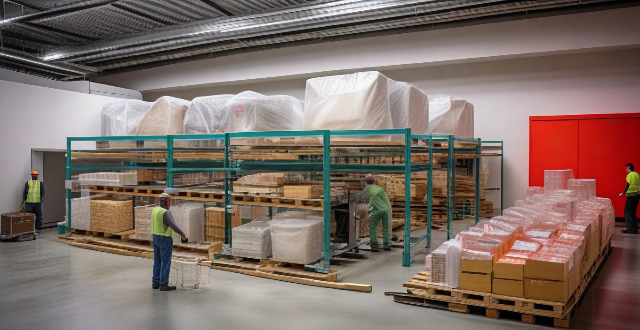
What impact do energy storage solutions have on the economics of renewable energy ?
Energy storage solutions significantly impact renewable energy economics by addressing variability and unpredictability. They enhance grid stability, reduce costs, and increase efficiency, thus making renewable energy more viable. With ongoing technological advancements, energy storage will continue to play a crucial role in integrating renewable energy into power grids and achieving global decarbonization goals.

How does wind energy compare to solar energy ?
Wind energy and solar energy are both renewable sources of energy that have gained popularity in recent years. Wind turbines can generate electricity with high efficiency and low maintenance cost, while solar panels have a low initial cost and long lifespan. However, wind turbines can create noise pollution and have limited availability, while solar panels rely on sunlight and require a large amount of land. Both sources have their advantages and disadvantages, making them suitable for different applications.
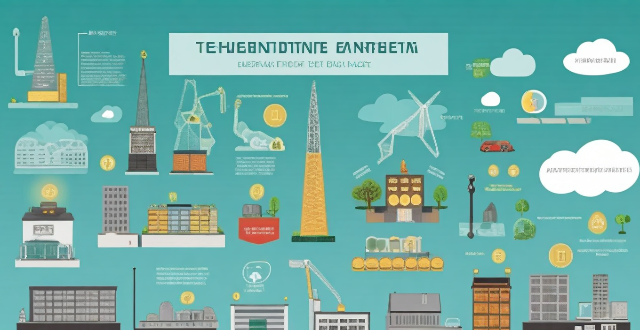
How is renewable energy affecting the traditional energy market ?
Renewable energy sources are having a significant impact on the traditional energy market, affecting pricing, market share, job creation, and environmental concerns. The increased efficiency and reduced installation costs of renewable technologies have made them more competitive with traditional energy sources, leading to declining electricity prices overall. Additionally, the growing demand for renewable energy sources has led to an increase in their market share, particularly for solar and wind power. The transition to renewable energy is also creating new job opportunities across various sectors of the economy, while addressing environmental concerns associated with fossil fuel consumption.
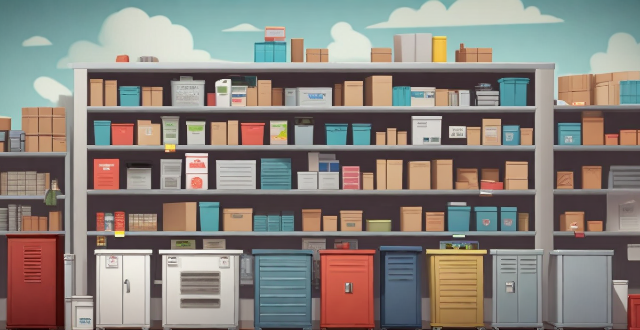
What policies are necessary to encourage the adoption of energy storage solutions ?
Energy storage solutions are becoming increasingly important in the modern world. They provide a way to store excess energy generated by renewable sources, such as solar or wind power, for use at a later time. This can help to balance the grid and ensure a stable supply of electricity....

How can existing buildings be retrofitted for energy efficiency ?
Retrofitting existing buildings for energy efficiency involves several strategies, including conducting an energy audit, upgrading insulation, installing energy-efficient windows and lighting systems, optimizing HVAC systems, using energy-efficient appliances, implementing water-saving measures, sealing air leaks, investing in renewable energy sources, and encouraging energy-conscious behavior. These steps can lead to cost savings, increased comfort, and reduced environmental impact.